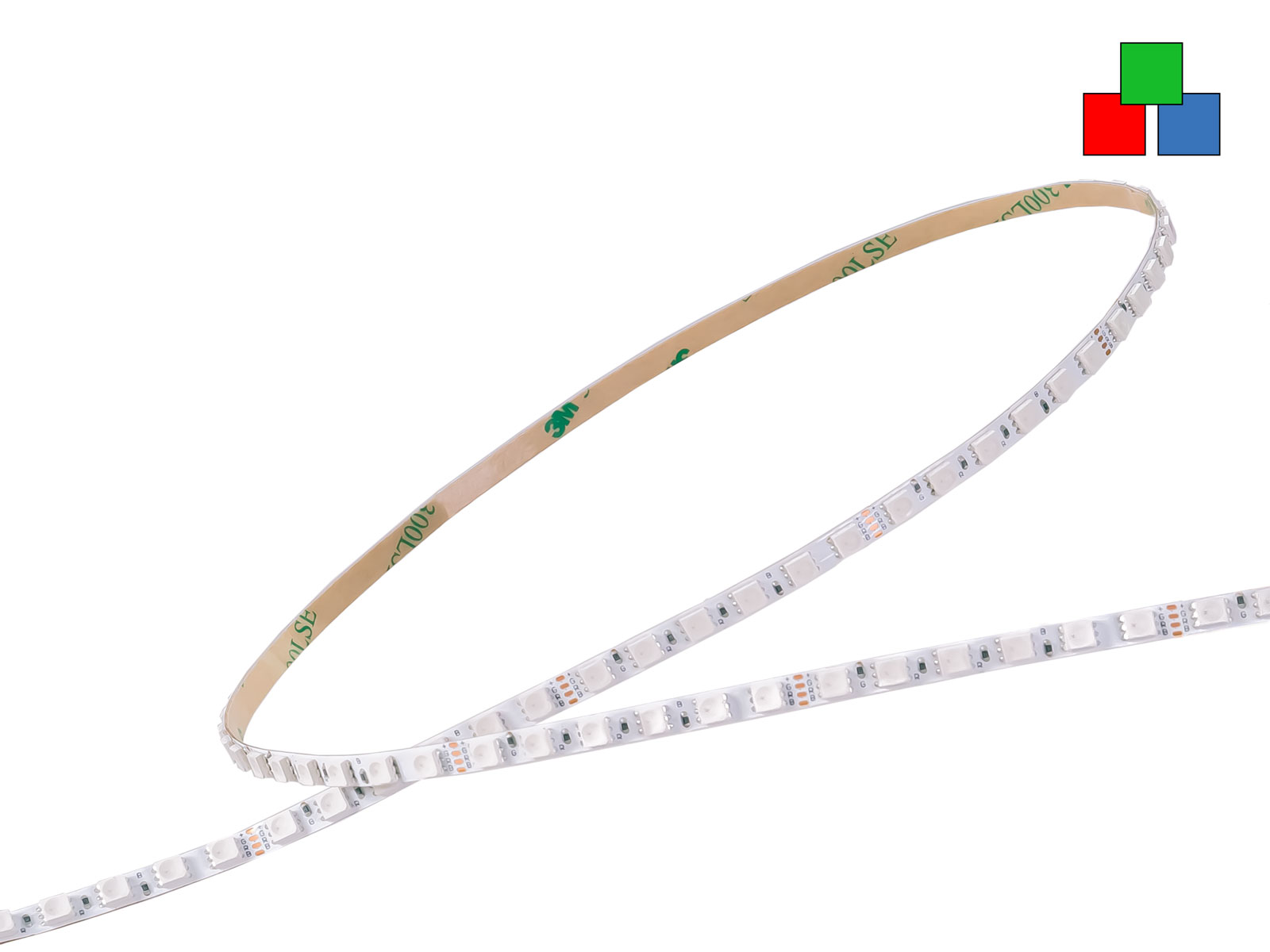what are led lights

LED stands for "Light Emitting Diode." LED lights are a kind of lighting expertise that uses semiconductor gadgets to provide light. Unlike traditional incandescent bulbs, which rely on heating a filament to provide mild, LEDs function by passing an electrical current through a semiconductor material, causing it to emit light. Here are some key characteristics and options of LED lights:
Energy Efficiency: LEDs are extremely energy-efficient, converting a good portion of electrical vitality into gentle. They eat less electrical energy than conventional incandescent and fluorescent lights, leading to decrease vitality bills.
Longevity: LED lights have an exceptionally lengthy lifespan. They can last as lengthy as 25,000 to 50,000 hours or extra, relying on the standard and utilization. This longevity reduces the necessity for frequent replacements.
Instant Lighting: LEDs present prompt illumination when turned on, with no warm-up time required. They reach full brightness immediately, making them suitable for applications where instant lighting is needed.
Cool Operation: LEDs emit very little heat compared to incandescent and halogen bulbs. This makes them safer to the touch and reduces the chance of burns or hearth hazards.
Durability: LEDs are solid-state lighting devices, which suggests they are highly immune to shock, vibrations, and external impacts. They are less fragile than conventional bulbs.
Directional Lighting: LEDs emit mild in a specific direction, making them extremely efficient for targeted lighting purposes. This attribute reduces light wastage and permits for exact illumination.
Color Temperature Options: LEDs are available in varied color temperatures, from heat white (providing a comfy, yellowish light) to chill white (offering a brilliant, bluish-white light). https://www.sunflux.dk/da allows customers to choose out lighting that suits their preferences and wishes.
Dimmability: Many LED fixtures and bulbs are dimmable, permitting users to adjust the brightness to create the desired ambiance and save additional power when full brightness just isn't wanted.

Color Rendering Index (CRI): LEDs can achieve high CRI values, which means they precisely render colors compared to natural daylight. This is necessary for applications the place colour accuracy is essential, similar to in artwork galleries and retail settings.
Low UV Emissions: LEDs emit minimal ultraviolet (UV) and infrared (IR) radiation, reducing the danger of injury to delicate materials and art work.
Environmental Benefits: LED lighting contributes to energy conservation and decreased greenhouse gasoline emissions due to its low vitality consumption and long lifespan. It additionally accommodates no hazardous supplies like mercury, which is found in some other kinds of lighting.
Instantaneous Control: LEDs may be turned on and off frequently with out affecting their lifespan or efficiency. This makes them perfect for applications the place fast switching is required.
Smart Lighting Integration: Many LED lighting methods could be integrated into smart residence or constructing automation systems. This allows for distant control, scheduling, and customization of lighting to fulfill particular wants and preferences.
LED lights are broadly used in a broad vary of purposes, together with residential lighting, business lighting, automotive lighting, street lighting, displays, and extra. Their energy efficiency, sturdiness, and flexibility have made them a popular choice for each basic and specialised lighting needs..
